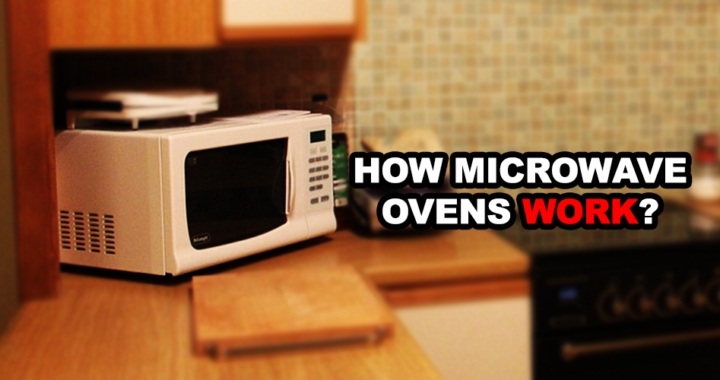Since their invention in 1940s, microwave ovens have become a staple kitchen appliance in modern households. They provide a very convenient way for heating and cooking food within a short amount of time. But how do they exactly work? This article lists down and discusses the facts relevant to understanding the operating principle behind a microwave oven.
1. A microwave oven is a type of electric oven that heats and cooks food by exposing it to a specific type of electromagnetic radiation called microwaves. These microwaves are generated by a cavity magnetron.
2. Microwaves have wavelengths between one meter to one millimeters and frequencies between 300 MHz and 300 GHz. They have shorter wavelength than radio waves but higher frequencies than infrared. Similar with radio waves, infrared radiation, and visible light, microwaves are non-ionizing radiation.
3. The cavity magnetron is at the heart of microwave ovens. This high-powered vacuum tube is responsible for generating microwaves by controlling electric current between electrodes within an evacuated container, specifically using the interaction between a stream of electrons and a magnetic field.
4. Once generated inside an enclosure, microwaves heat and cook by exciting the water molecule and other electrically asymmetrical molecules—or those that are positively charged on one end and negatively charged on the other—found in the food. This excitement causes the molecules to vibrate and build up thermal or heat energy.
5. Food are essentially heated or cooked from the inside out with consistent exposure to microwaves. However, physical properties such as the thickness of the meat or availability of liquid or other molecularly asymmetrical molecules in the food affect heating time and efficiency.
6. The metal interior of a microwave oven reflects the microwaves, thus preventing them from escaping inside the enclosure. However, microwaves can pass through glass, some plastic, paper, and some materials used for packaging.
7. Microwave ovens have safety mechanisms to prevent accidentally exposing humans to microwaves. For example, sensors prevent the microwave oven from operating while the door is open. A switched light bulb inside the enclosure and LED information on the exterior indicate that the microwave is operational.
8. The use of microwaves to cook and heat foods is relatively safe. Because they are non-ionizing radiation, microwaves do not radiate and damages food molecules. Microwave ovens also subject a food under high temperature for a short period of time, thus preserving nutrient profile better than boiling or broiling.
